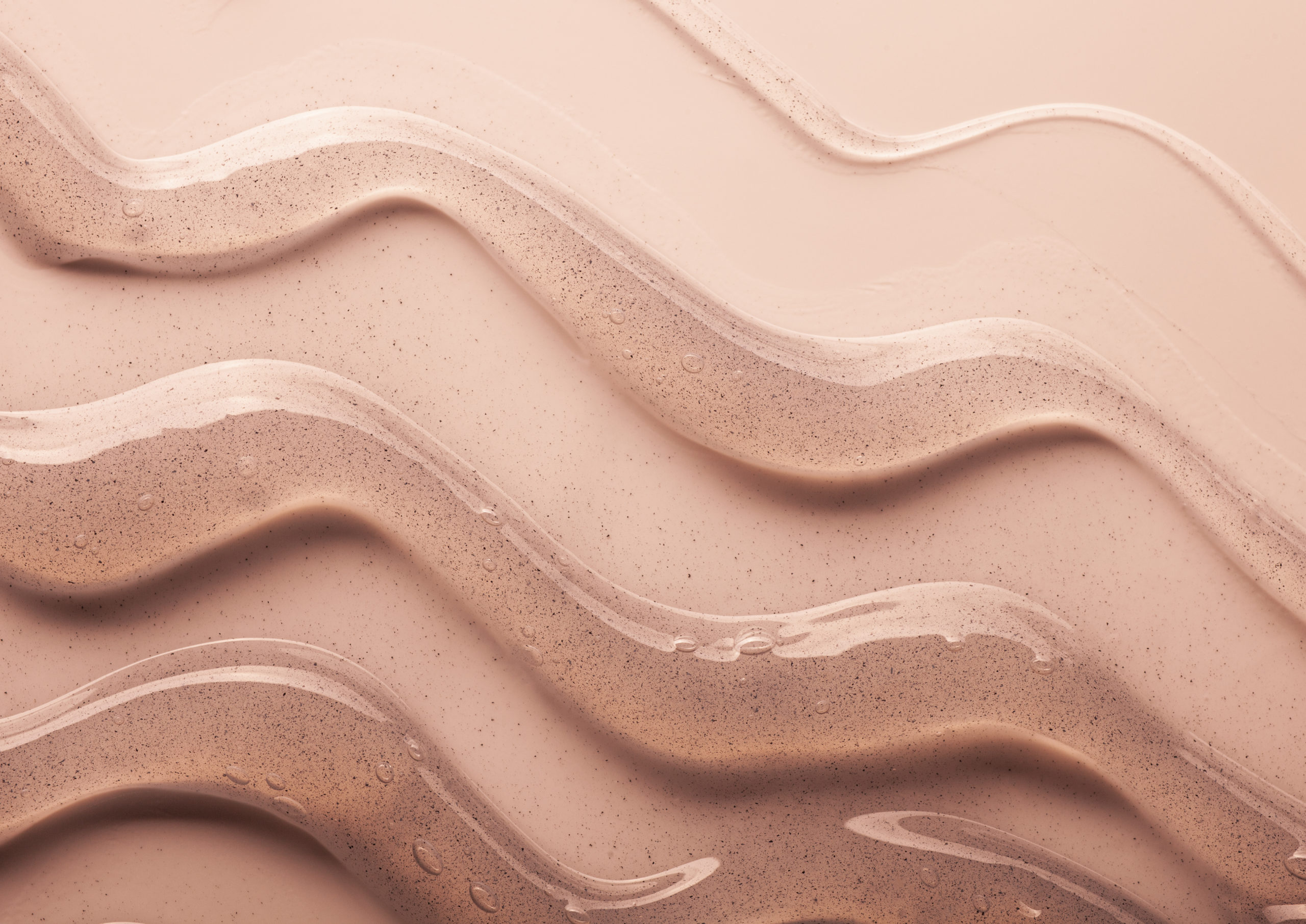Beauty...

By Marissa DeSantis
With all of the skincare products out there, it’s easy to assume that more is more when it comes to your routine. But pairing serums and creams without understanding how the active ingredients in them work and how they help (or hurt!) the other ingredients you’re using can have the opposite effect on your skin that you’re trying to achieve.
To help determine which ingredients to pair together to boost the efficacy of your skincare routine, and which to avoid, we spoke with board-certified dermatologist, Dr. Amy Ross. But before we get to the active ingredients, there are a few general rules to follow.
Avoiding products that have alcohol or fragrance is always recommended, particularly in individuals with sensitive skin.
Dr. Ross says of checking the ingredient label for common irritants. Then, there are the more nourishing ingredients like hyaluronic acid and ceramides that are generally well tolerated by all skin types and work well with the skincare heavy hitters ahead.
Whether you’re using a prescribed retinoid or a weaker, over-the-counter retinol, the vitamin A derivative is a favorite for improving skin texture, dark spots, acne, and fine lines and wrinkles. But because it’s such an effective ingredient, it can also be highly irritating.
Dryness and skin flaking or peeling are some of the most common side effects of retinoid/retinol use, especially when you first start it, which is why it’s important to pair your retinoid with moisturizing ingredients. “Incorporating a product with hyaluronic acid, such as MONAT’s Be Gentle Moisturizer, can relieve the unwanted side effects of retinol and soothe the skin,” Dr. Ross says.
And, of course, you should always be wearing sunscreen, as both retinoids and retinols can make skin more sensitive to the sun (though you’ll want to apply your retinoid at night and your SPF in the morning).
“Retinoid products are infamous for causing irritation when used incorrectly,” Dr. Ross says, though she notes that nearly all of her patients can tolerate some form of retinoid with the correct application method. Easing into your retinoid application (start with once-weekly use, gradually building up to every other day and daily use) is the first step to avoiding irritation. But Dr. Ross also notes that you should steer clear of other harsh ingredients like chemical exfoliants (AHAs/BHAs), benzoyl peroxide, and vitamin C.
This powerful antioxidant helps protect the skin from UV damage and environmental pollution. It’s also popular for brightening the skin and fading dark spots.
“Vitamin C is a great antioxidant on its own, but the addition of ferulic acid to vitamin C can help stabilize it and enhance its effectiveness,” Dr. Ross says, adding that vitamin E is another ingredient that better helps to combat free radical damage. SkinCeuticals’ C E Ferulic serum is a beauty editor favorite that combines all three ingredients, while Dr. Ross recommends MONAT C Radiance Illuminating Serum for vitamin C and ferulic acid.
“The most important thing to pair with vitamin C is sunscreen,” Dr. Ross stresses. “If you omit the sunscreen step in your skincare routine, the antioxidants in vitamin C are essentially being wasted,” she explains of why it’s important to apply an SPF after your vitamin C serum.
You don’t want to be using retinoids, retinol, AHAs, or BHAs immediately after your vitamin C product. “Typically, I will recommend my patients use vitamin C in the morning and retinols in the evening,” Dr. Ross says, since vitamin C helps to protect while retinoids help repair the skin. “Vitamin C is most effective in an acidic formulation and retinols are most effective in an alkaline environment, which means in order to get the optimal effect from either ingredient, they shouldn’t be used at the same time.”
There are many different types of AHAs and BHAs (think glycolic acid, lactic acid, salicylic acid), and while they’re often paired together in skincare products to target different skincare concerns, overall, they’re great for removing dead skin cells.
“Chemical exfoliation removes the dullness in our skin, but that can also lead to dryness and photosensitivity,” Dr. Ross says. Because of this, you’ll want to follow up your AHA or BHA product with a nourishing moisturizer that has ingredients like hyaluronic acid, ceramides, and glycerin. Like retinoids, chemical exfoliants make the skin more sensitive to the sun, so even if you use an AHA/BHA product at night, you’ll want to slather on the sunscreen (SPF 30 or higher!) in the morning.
Don’t use an AHA or BHA with a retinoid, as both ingredients increase skin cell turnover and can increase irritation and skin sensitivity individually (so pairing them together basically guarantees angry skin). If you want to incorporate both ingredients into your routine, try alternating nights that you apply an AHA/BHA and a retinoid.